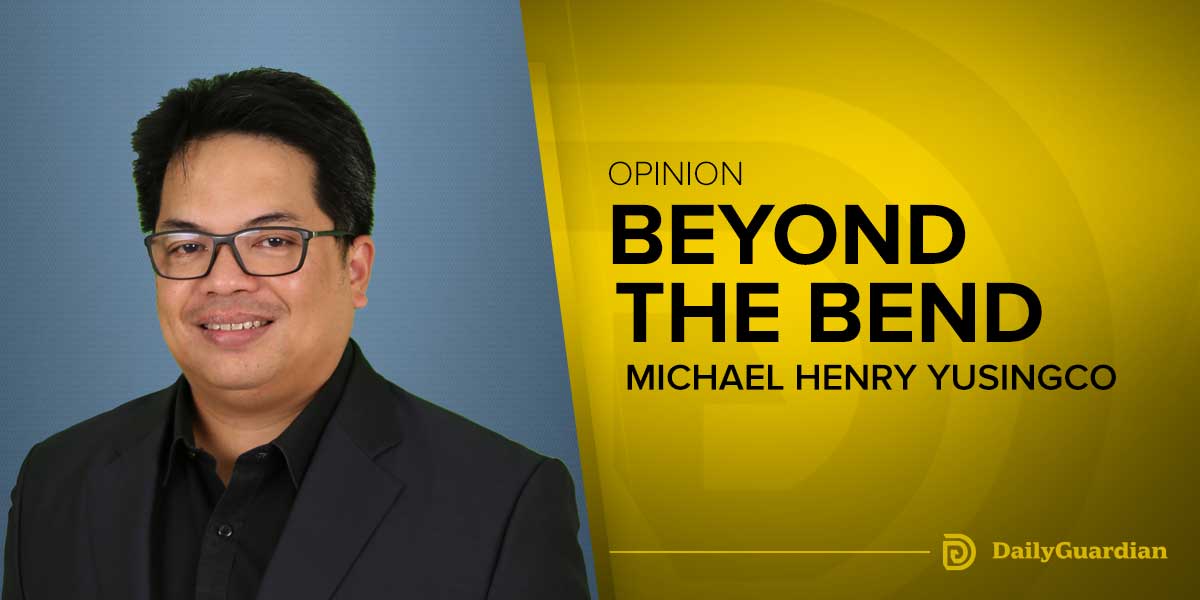By Engr. Carlos V. Cornejo
Here’s a best-seller book to help us get rid of bad habits and replace them with good ones, written by Charles Duhigg entitled, “The Power of Habit: Why We Do What We Do in Life and Business”.
According to the author, eliminating a bad habit with sheer willpower rarely works. The only reliable way to banish bad habits is to leverage the Golden Rule of Habit Change. The Golden Rule of Habit Change says, if you want to change a bad habit, keep the habit cue (what triggers your craving), change the reward (the sensation you crave), and insert a new or maintain the routine.
As a hypothetical example, let’s say you crave for an ice-cold Coke or Pepsi (but it’s bad for your health because you are already diabetic). What triggers your craving is when you are sitting on a sofa watching TV while eating some chips, this is your habit cue. The reward you are after for drinking soda is the sweet sensation of it that goes along with eating chips.
According to the Golden Rule of Habit Change, you may keep the habit cue which is sitting on a sofa eating chips, but you will have to change the reward for your sweet tooth because it’s bad for your health, perhaps by taking a sugarless coffee instead. So, you keep the cue and the routine but change your reward.
Changing the reward is not easy, and the only remedy to it is a very strong motivation. In the case of our soft drink example, it is for one’s health and to live longer.
The book claims that the Golden Rule of Habit Change has cured alcoholism, obesity, obsessive-compulsive disorders and many other destructive behaviors. Below are more details in practicing it in three steps:
Rethinking the Reward
When a smoker craves a cigarette, they want the nicotine in the cigarette…right? If that were true, smokers who use a nicotine patch or chew nicotine gum should easily quit smoking. But less than 10% of smokers who use a nicotine patch or chew nicotine gum quit smoking.
What smokers actually crave is less obvious. Some smokers crave a cigarette because they have associated smoking with being outside and socializing with other smokers. Other smokers crave a cigarette because smoking relieves boredom, stress or provides a temporary escape from work. A smoker doesn’t need to smoke a cigarette to receive these rewards; many non‐smoking behaviors can relieve boredom and provide a temporary escape from work.
When you have a craving for a cupcake or an urge to check your phone, your brain may want stimulation and distraction. Therefore, you don’t need to eat the cupcake or check your phone to get the reward you seek. Instead, sipping a cup of tea or doing ten pushups might satisfy your craving. The only way to know if alternative behaviors will satisfy your craving is to test new routines.
Test new routines
While writing ‘The Power of Habit,’ author Charles Duhigg developed a cookie‐eating habit and gained several pounds. Thankfully, Duhigg had just learned the Golden Rule of Habit Change, so he started testing routines that could take the place of his cookie eating routine while still satisfying his cookie craving. First, Duhigg isolated the cue that triggered his cookie craving by answering four questions when he craved a cookie: (1) Where am I? (2) What time is it? (3) What is my emotional state (Stressed? Anxious? Bored?) (4) What am I doing (i.e., what action proceeds my craving)?
After a week of observing his cookie craving cues, Duhigg noticed a pattern: At roughly 3:30 PM every day, while in the office, I craved a cookie. Now that Duhigg was aware of his cookie craving cue, he could test a new routine each time the cue was present. For the next few days,
Duhigg set an alarm at 3:30 PM and executed the following routines: Day 1: Walk around the block and go back to my desk without eating anything. Day 2: Buy an apple at the cafeteria, eat it, then go back to my desk. Day 3: Order a cup of coffee and drink it at my desk. Day 4: Go to a friend’s office, gossip for a few minutes, then go back to my desk. In the end, Duhigg adapted Day 4 and did it more often because it was for him the best change of reward.
Script the New Routine
Write down and complete the following sentence to increase the odds that you execute your new routine the next time your bad habit cue is present: “When [cue for the bad habit], I will [new routine that satisfies your craving] and experience [the reward you got from your bad habit].” All new Starbucks employees are required to write in their employee workbook, “When my customer is unhappy [cue], I will… [routine: try to find out their complaints and do my best to troubleshoot it] and enjoy… [reward: a grateful customer or praise from my manager].”
This behavior plan helps employees with a track record of losing their temper stay calm and poised throughout an eight‐hour shift. When you write out a new routine, you will be less likely to revert to your old routine because you have a plan and don’t need to decide what to do when your old cue is present.





















